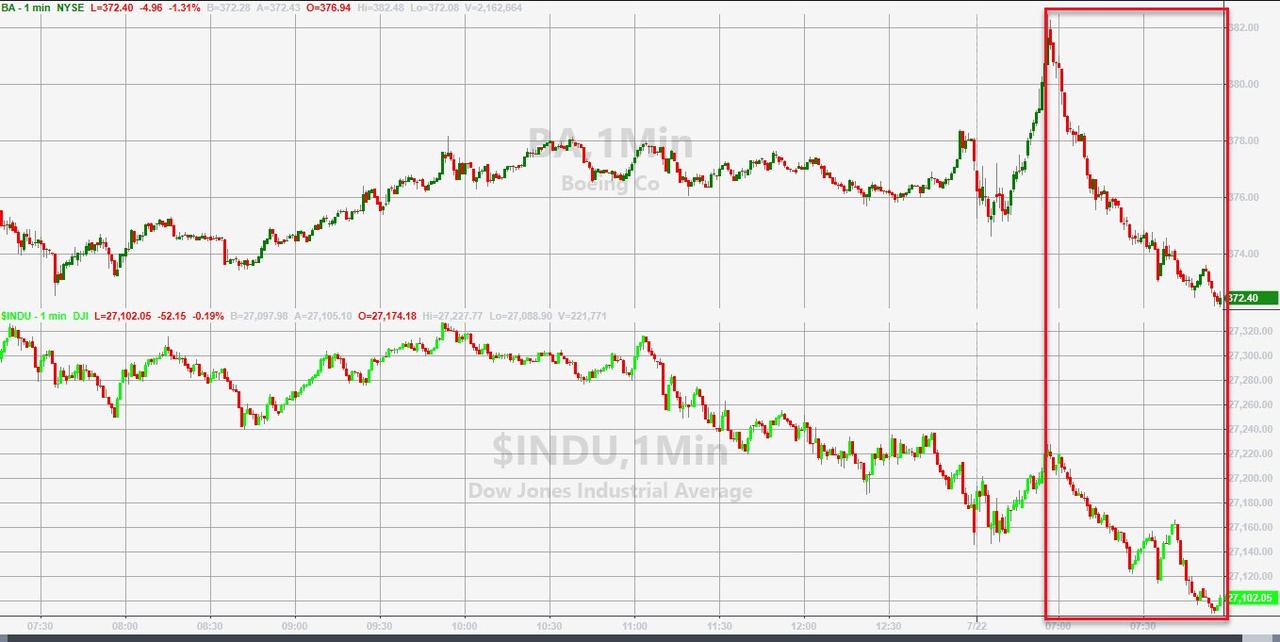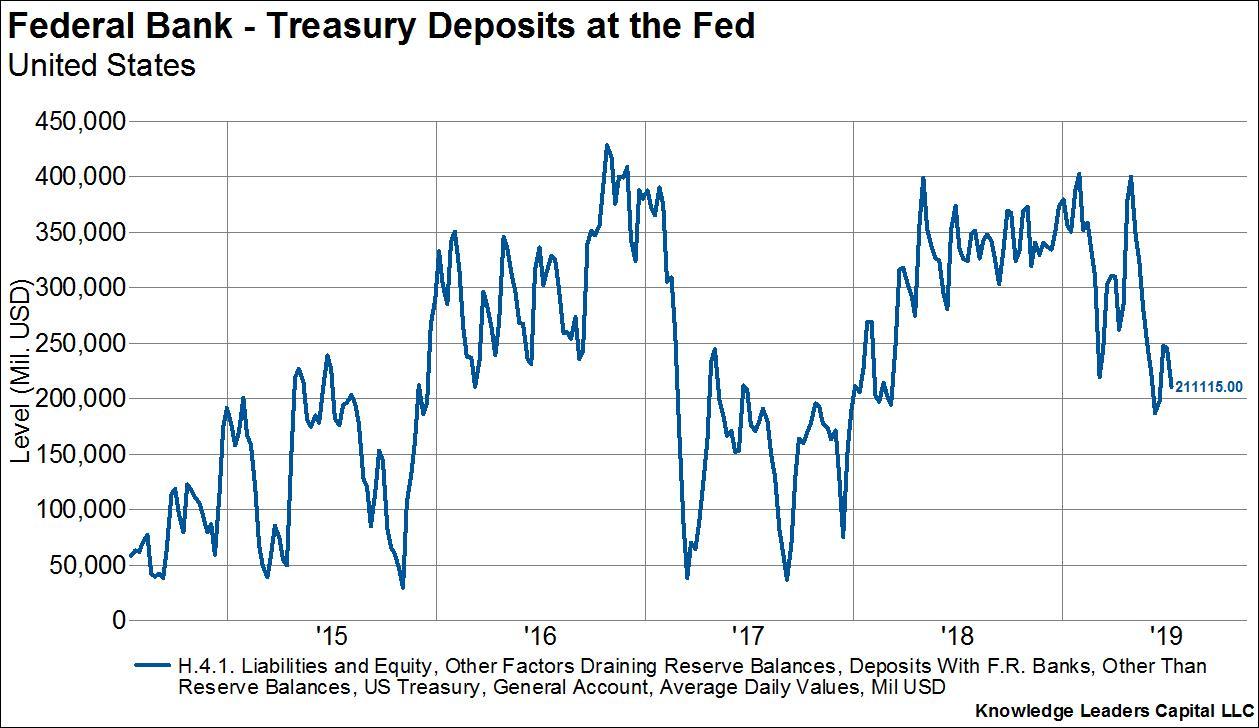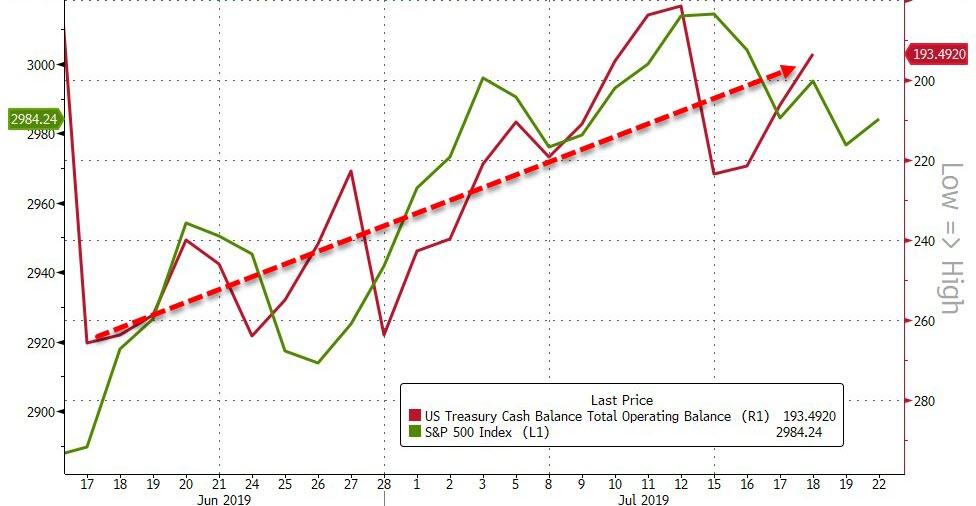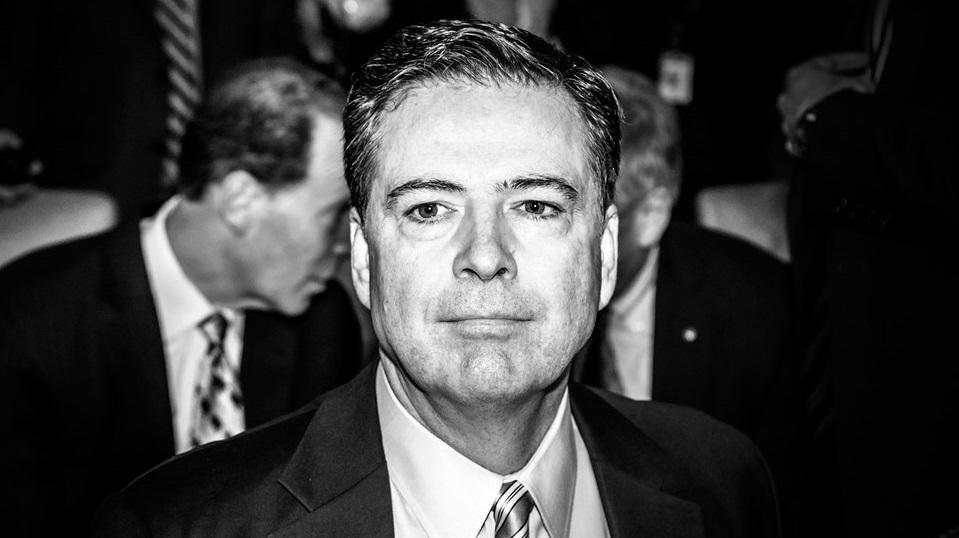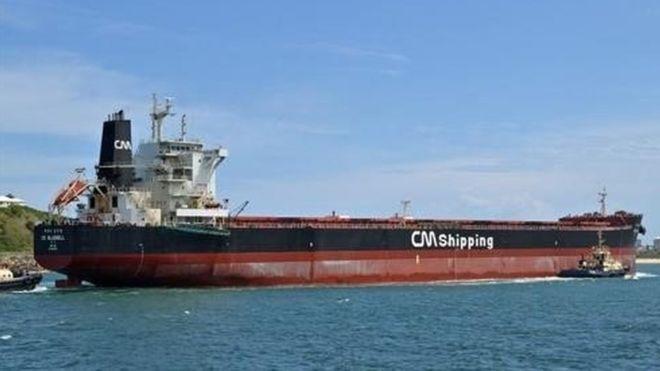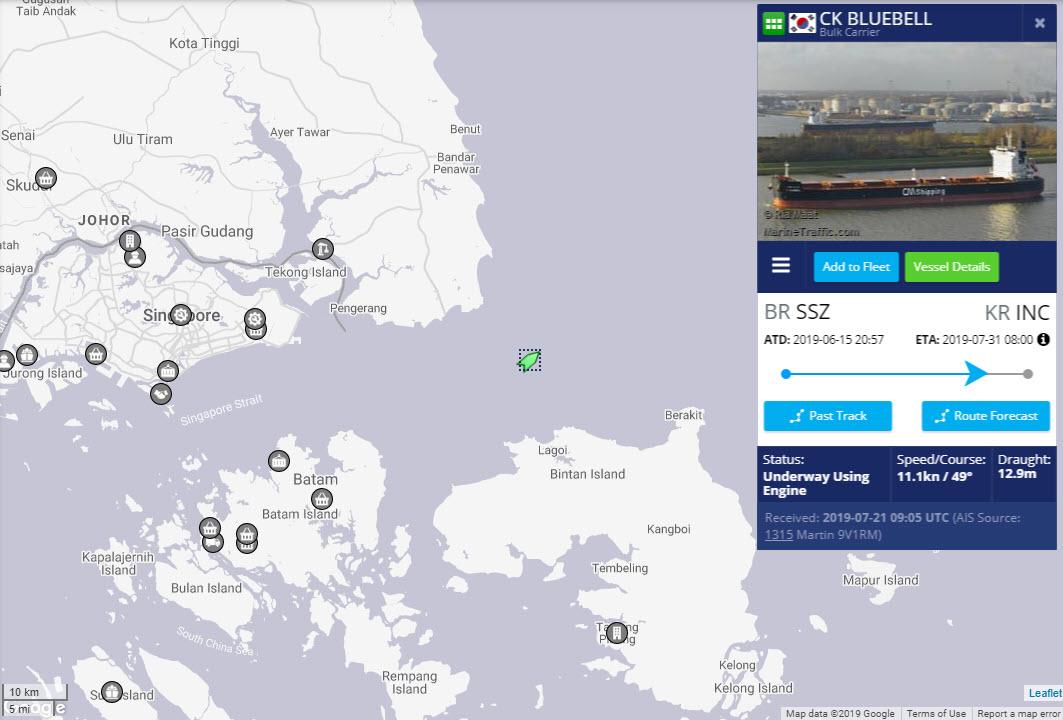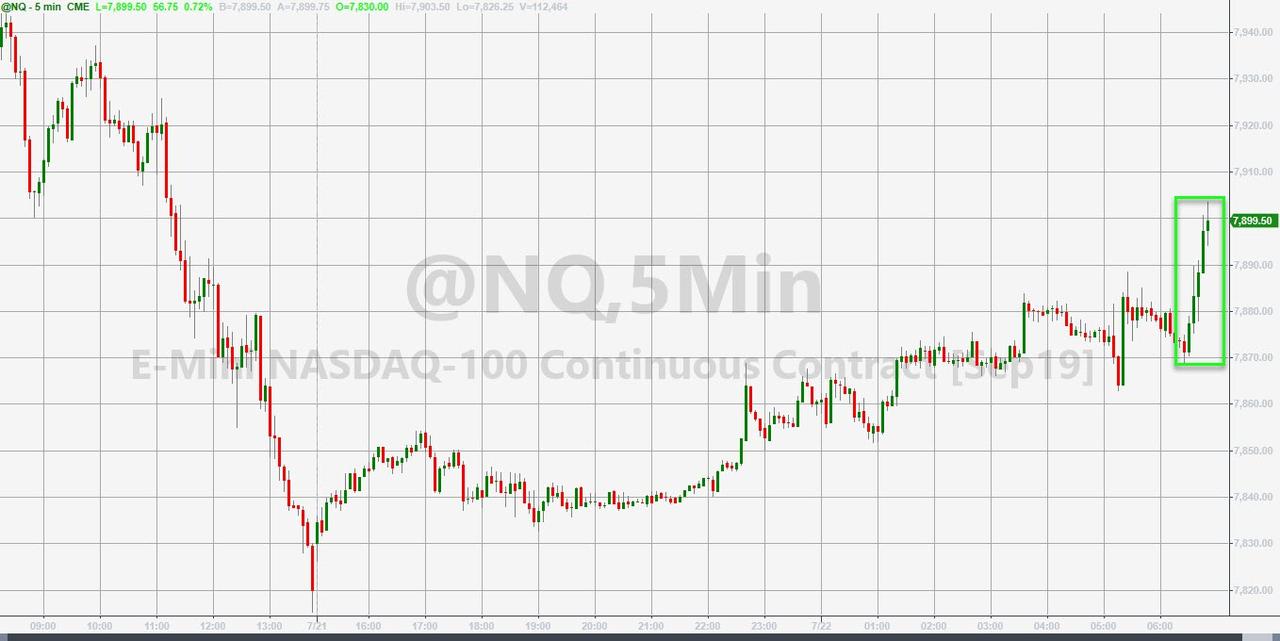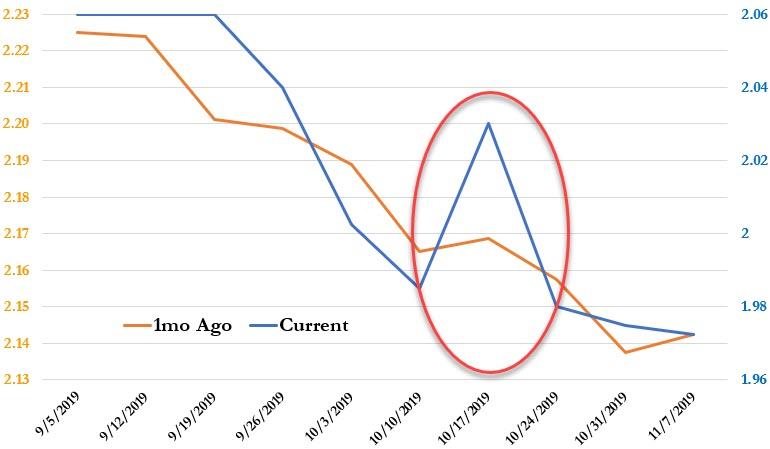Many thanks to Eugene and the gang for letting me write for the Conspiracy. I have been a longtime reader, and it is an honor to join the roll. Now, down to business.
In two previous posts, Randy Barnett and I explained that NFIB v. Sebelius already resolved two of the most important questions in Texas. First, Chief Justice Roberts’s NFIB decision already held that the individual mandate, standing by itself, creates an injury-in-fact. Second, Chief Justice Roberts’s NFIB decision already held that the individual mandate, standing by itself, is unconstitutional.
In this post, and two others, I will analyze oral arguments, which were held on July 9 before a three-judge panel: Judges Jennifer Walker Elrod, Kurt D. Engelhardt, and Carolyn Dineen King. You can listen here:
This first post will focus on standing.
Randy and I have explained that the basis for standing in NFIB was the pocketbook injury imposed by the individual mandate on two private plaintiffs. That is, they had to purchase insurance they did not want. The penalty, which did not even go into effect until 2014, could not have played a role in the NFIB standing inquiry. This position was clarified during oral arguments. Justice Kagan asked now-Judge Greg Katsas, the lawyer for NFIB, whether people who were subject to the mandate, but not the penalty would have standing.
Justice Kagan: Mr. Katsas, do you think a person who is subject to the mandate but not subject to the penalty would have standing?
Under the ACA’s original design, some people would be subject to the mandate, but were exempted from the penalty. Katsas replied that they would be injured:
Mr. Katsas: Yes, I think that person would, because that person is injured by compliance with the mandate.
Justice Kagan: What would that look like? What would the argument be as to what the injury was?
Mr. Katsas: The injury—when that person is subject to the mandate, that person is required to purchase health insurance. That is a forced acquisition of an unwanted good. It’s a classic pocketbook injury.
During oral argument in the 5th Circuit, Judge Elrod posed a similar question to the question posed by Justice Kagan seven years earlier. I have transcribed the following exchange between Judge Elrod and Robert Henneke, the lawyer for the private plaintiffs. (I cleaned up some cross-talk, made my best guess at inaudible words, and added clarifying comments in brackets.) The colloquy begins at 1:25:14.
Henneke: The ACA contemplates that the individual mandate carries the force of a command, because [certain] categories of persons are subject to it, without the penalty.
Judge Elrod: Those people have standing, even if they were buying insurance, if they were in one of those exempted categories. Like back at the time of the original argument, I believe Justice Kagan asked a question about that. Whether or not people who don’t have to pay the penalty automatically were exempt, would they have standing?
Judge Elrod is exactly right. The Tax Cuts and Jobs Act of 2017 made the penalty $0 for everyone who was subject to the mandate. But, the Affordable Care Act of 2010 set the penalty for $0 for some people who were still subject to the mandate. And they too would have been injured.
Rob Henneke explored this point further:
Henneke: There is a similar command there. It’s a great point you bring up your honor. I want to go back to the history of NFIB. And address the appellant’s argument that my clients’ harm is self-inflicted. This was resolved in the case history of NFIB. Your honor will recall in NFIB the shared responsibility payment … was not effective until 2014. NFIB was [decided in] 2012. The sole basis for the NFIB individual plaintiffs as set forth in their declarations was the individual mandate. Not the penalty. And in denying the government’s Motion to Dismiss on standing, the NFIB trial court, as did Judge O’Connor, correctly held that the individuals had an injury. This argument was carried through the 11th circuit and all the way to the supreme court where it was addressed during the 1st day of oral argument, in questions from both the Chief Justice and Justice Kagan.
Henneke then read from the colloquy between Justice Kagan and Greg Katsas from 2012. To be sure, NFIB did not address the basis for standing. Judge Elrod flagged this point:
Elrod: What do you say to those who might say, well, they argued that, but the Court didn’t actually make a standing [holding], maybe it could be considered driveby standing? Some people use that colloquial term. While there might be questions on a topic, may we ask in our court, questions today, but it doesn’t mean we’ve answered question a certain way.
Henneke replied:
Henneke: We can say with certainty that the Supreme Court in NFIB did proceed forward to resolve the merits of the case. It is implicit it was resolving this question of the individual plaintiff standing in the affirmative by reaching the merits, after addressing this during oral argument. And I think the trial court again correctly did so here. So I see if you look at the case history of NFIB, that this is ground that is well covered, that individual plaintiffs standing has been addressed and resolved.
I agree. The only way for Chief Justice Roberts to have reached the merits, was if the private plaintiffs had standing. And the only basis for standing in 2012 was the mandate, not the penalty which would be assessed in 2014.
The Department of Justice agreed on this point. August E. Flentje argued for the federal government. He explained at 1:10:48:
Flentje: We think the individual plaintiffs have standing here based on the combined impact of the mandate, which requires them to buy insurance and the insurance reforms which ensure that the insurance they must buy is unsatisfactory. That is an injury that is sufficient for district court jurisdiction for this court’s jurisdiction and to evaluate the merits.
Call it “driveby standing,” or whatever you like, but this simple aspect of NFIB is enough to resolve the injury-in-fact question in Texas.
I do need to address an allegation concerning the two private Plaintiffs in Texas, John Nantz and Neill Hurley. Recently, an article in Healthcare Dive suggested that the case may be moot. Why? During a press call, a reporter from Healthcare Dive asked Robert Henneke if Nantz and Hurley were still enrolled in ACA plans. According to the reporter, Henneke replied, “I’m going to respect the privacy of my clients by not discussing in any more detail their current health situation or current access to care or insurance.” From this statement, the article suggested that the case may be moot.
This charge is extremely serious. If in fact Nantz and Hurley are no longer subject to the mandate, that Rob Henneke brazenly lied to the Fifth Circuit. He could not credibly claim that they were injured if they were now insured. Any suggestion of mootness would be based entirely on speculation, and on the allegation that an officer of the court lied to the Fifth Circuit. If there is any evidence, the intervenors should bring it forward. Henneke’s refusal to answer the question doesn’t cut it.
Indeed, lawyers have no duty to answer any questions from the press–even on a press call designed to help their clients’ case. Lawyers do have a duty to protect the confidences of their client–especially in this sort of high-stakes litigation. I pose a question for the practicing attorneys reading this post: if a reporter called you after an oral argument, and asked for facts about your clients beyond those stated in the record, what would you do? I expect the answer would be the same for most competent lawyers: “No comment, please refer to the pleadings.”
A lawyer’s refusal to answer questions about his client, and nothing more, does not provide even the faintest basis for a suggestion of mootness. Attorneys have a duty to apprise the court of changes in their clients status–especially when that change affects the court’s jurisdiction.
If history is any guide, these two individuals will be hounded by the press, at every juncture, to determine whether in fact they remain subject to the mandate. I wrote about this sort of press scrutiny in Unraveled. During the run-up to King v. Burwell, reporters camped outside the home of the plaintiffs. Mike Carvin, who represented the Plaintiffs, told me, that the “press was harassing these poor people.” Henneke no doubt wants to protect his clients from such harassment.
In King v. Burwell, Solicitor General Verrilli chose not push the issue. Here is the excerpt from Unraveled (p. 380):
After Carvin explained that each of the four plaintiffs has standing, Justice Ginsburg finished her questioning: “I don’t want to detain you on this any more but I will ask the government what their position is on standing.” Later Justice Alito joked, “Should we have a trial here on this issue and find what the facts are?” Appellate courts are not supposed to find new facts, but rather must stick with the record developed in the lower courts. . . .
Solicitor General Verrilli did not ask the Court to dismiss the case due to a lack of standing. Because Carvin represented that at least one Virginian had standing, Verrilli would “infer that at least one of the [Plaintiffs] has standing.” With respect to standing, a senior DOJ official told me the government’s position was very carefully thought through, it wasn’t just winging it up there. Unless we have proof that that one person didn’t make the requisite income to trigger the obligation to purchase insurance, then we did not have the basis for objecting to standing. More specifically, the Solicitor General’s Office deemed Mike Carvin a person of integrity who understood the rules. If he wasn’t making a representation that anything has changed from the plaintiffs’ affidavits, then we have to assume that at least one person has standing. With standing out of the way, the advocates could move on to the merits.
Unless and until Henneke makes a representation that something changed from the affidavits, there is no basis to suggest otherwise.
from Latest – Reason.com https://ift.tt/2M7aDAD
via IFTTT
